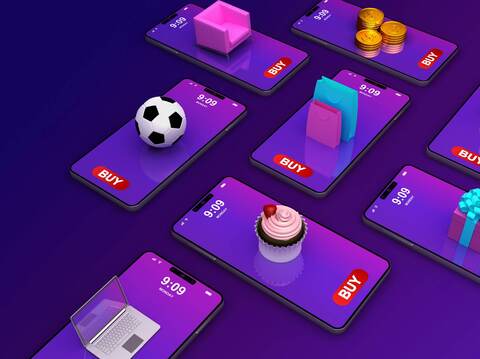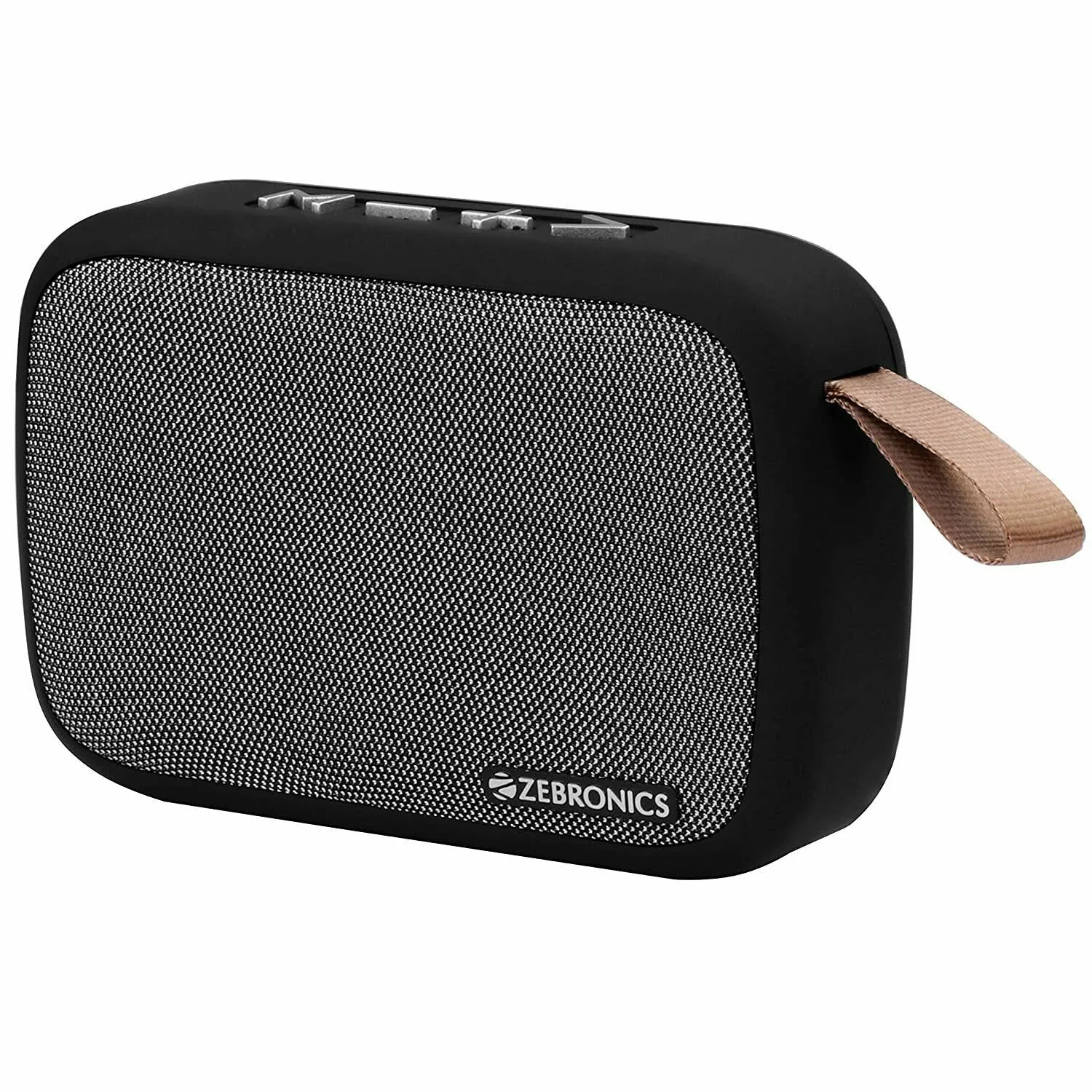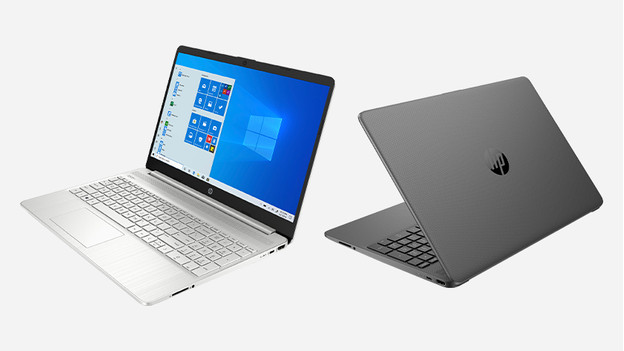Top D2C Electronics Brands in India to Watch in 2025

As a result of this digital transformation, the electronics manufacturing industry is growing. A popular trend has been the rise of D2C brands, connecting with these consumers directly. According to statistics, the estimated market size of D2C brands in India in 2023 is USD 66 billion.
In this blog, let’s explore the shift in the industry, some well-known D2C electronics brands, and the factors that led to their success.
Why Are D2C Brands Successful?
In D2C marketing products are directly sold to the consumers, and not via several retail distribution channels. This has displaced the traditional model, where products had to go through several intermediaries. Thus, supply and operations chains are simpler and more efficient.
Here are some reasons for the success of D2C brands:
-
Increased cost-effectiveness: Traditional business models have several intermediaries, each step adding costs. The D2C model allows brands to sell directly to consumers, eliminating these stages. As a result, D2C electronics brands can offer competitive prices without compromising on quality.
-
The convenience of online platforms: Due to the increase in online shopping, D2C brands are also experiencing an upsurge. Brands can launch new products and upgrade also while monitoring consumer experience closely. Moreover, companies can avoid tedious logistical barriers associated with setting up physical stores.
-
Data–backed decision-making: D2C brands employ a customer-centric approach. So they have an exhaustive understanding of preferences and pain points. They collect customer data, including demographics, buyer behaviour, and feedback.
-
Better engagement and targeting: Companies leverage social media features like reels and stories to spread product information, testimonials, and share demonstrations. They can better engage with the audience, building consumer trust in the electronics industry.
-
Rise in information technology: In 2023, IT spending crossed USD 1.3 trillion globally[1]. With the help of information technology in electronics industry, the market is growing day by day.
D2C Electronics Brands in India
According to estimates, India has the world’s third-largest online shopping base[2]. In addition to high internet penetration, digital infrastructure development and government initiatives make India an ideal market for the growth of D2C electronics brands.
Now, let's look at some D2C electronics brands in India and the strategies that contributed to their success.
1. boAt
 Founded by Aman Gupta and Sameer Mehta in 2016, boAt[3] has left its imprint on the Indian electronic manufacturing industry. boAt is a consumer tech company that provides high-tech audio devices. Some of the top products of the company include earphones, headphones, and speakers.
Founded by Aman Gupta and Sameer Mehta in 2016, boAt[3] has left its imprint on the Indian electronic manufacturing industry. boAt is a consumer tech company that provides high-tech audio devices. Some of the top products of the company include earphones, headphones, and speakers.
boAt expanded its product portfolio by launching MISFIT in 2021. MISFIT is a range of grooming appliances, including beard trimmers and shavers. Besides its website, boAt lists its products on major retailers like Amazon and Flipkart.
Some of its top investors are Innoven Capital, Qualcomm Ventures, Fireside Venture, and others. There is also around USD 61 million from Warburg Pincus and Malar Investments.
What’s the Secret?
Connect with your consumers like they are a part of your “clan” and position your brand as a lifestyle brand. When boAt entered the market, several giants were manufacturing earphones and headphones. However, the brand focused on the younger Indian audience who either compromised on quality for cheap earphones or burned a hole in their pockets.
By understanding this gap, they produced cheaper products. But that would impact brand image. So, they focused on their marketing efforts and positioned themselves as a lifestyle brand. Consumers aren’t just buyers; they’re “boAtheads” – part of a cool, young, tech–savvy boAt family!
2. Noise

Initially introduced into the market as a seller of smartphone accessories, Noise[4] soon became successful by launching smart wearables and Bluetooth earphones. Founded by Gaurav Khatri and Amit Khatri, Noise sells tech with interesting features at reasonable prices.
Noise closely supervises product research and development. They do so by having design teams work with the Original Design Manufacturers (ODMs) when finalising products.
Noise made it to the top of the market because of its timely response to the rising health consciousness among people. With people spending more time and resources on health and wellness, they were bound to purchase devices to track their progress and achieve their fitness goals.
What’s the Secret?
Noise did not receive any external funding. The bootstrapped brand focused on speaking directly to the consumers via social media. Noise broke through the bigger brands’ monopoly and tapped into Indian consumers’ needs directly. Coupled with a good quality product line, they also have features like regional language support. A load of features at reasonable prices is the strategy that Noise implemented.
3. Hewlett Packard (HP)
Hewlett Packard, popularly known as HP, is a leading producer of consumer electronics, including laptops and PCs. Almost a century old, HP has a reputation for promptly addressing consumer issues to provide a pleasant experience.
HP expanded its brand awareness through a series of successful marketing campaigns. Starting in 2015, its marketing campaigns showcased the company’s celebrated attributes, including commitment to innovation, diversity, and security. HP’s recent boost in investments in the Indian market is evident through their initiatives.
In line with the Make in India initiative, HP has amped up manufacturing in India. Moreover, their marketing efforts are also geared towards the tech–savvy youth of India. Featuring Ishaan Khatter and Rahul Bose[5] in a witty ad, HP reached out directly to their target Indian audience.
What’s the Secret?
Figure out a way to get your consumers to keep coming back. This is particularly important for electronics brands because people usually buy these products as a one–time investment. HP realised they could churn revenue from the PC and laptop sales.
But how do you get consumers to purchase more? That is when they gained a monopoly in the printer marker. HP could garner higher margins by providing equipment such as paper and ink and maintenance. To quote ex–HP veteran Rajiv Srivastava[6], “It's easier to generate revenue by offering discounts […], the trick of the trade is to balance revenue and profitability."
4. Fitbit

Fitbit[7] is another D2C consumer electronics brand that focuses on a healthy lifestyle. Founded by James Park, Fitbit produces wireless-enabled wearable technology designed to track and monitor health indicators.
Fitbit is also excellent at motivating people to stay active and exercise. It rolls out challenges and games to keep its consumers engaged. By providing these features, the company ensures that consumers do not view exercise as a chore but an exciting activity. It incentivises consumers to continue using their products. And the strategy worked – Fitbit experienced a whopping 500% user growth in 7 years[8]!
What’s the Secret?
The company used strategic partnerships to help increase brand awareness and growth. It partnered with Feeding America, a charity.
By encouraging users to participate in charitable activities, Fitbit fostered consumer loyalty and placed itself as an ethically-driven brand. Moreover, when celebrities were spotted wearing Fitbit, the product demand skyrocketed. Combined with word–of–mouth marketing and gamification tactics, Fitbit’s D2C strategy is a hit!
5. Zebronics

Wrapping Up
The rise of D2C electronics brands signals a shift in the consumer electronics industry. The focus on consumer-centric approaches, omnichannel marketing, and data-driven decision-making is increasing. Thus, these brands are meeting the needs of the modern-day consumer better than ever.
At Growth Jockey, we aim to be at the forefront of technological innovations and shifts. With vast experience mitigating global challenges, Growth Jockey is the ideal partner for your brand. Partner with us to navigate this dynamic landscape and emerge on top.
FAQs
1. What are the opportunities for D2C consumer companies?
Here are some ways for D2C companies to succeed:
-
Understanding consumer demand
-
Creating brand loyalty
-
Moving past product to services
2. What are the cons of the D2C model?
Using this model comes with increased marketing, sales, and customer service responsibilities. Moreover, relying on a single supply chain may impact product availability in case of disruptions.
3. What advantages do consumers gain by choosing D2C electronics brands?
A) Here are some advantages to choosing D2C brands:
-
Lower price due to the elimination of intermediaries
-
Transparent transactions
-
Direct access to the brand for support









